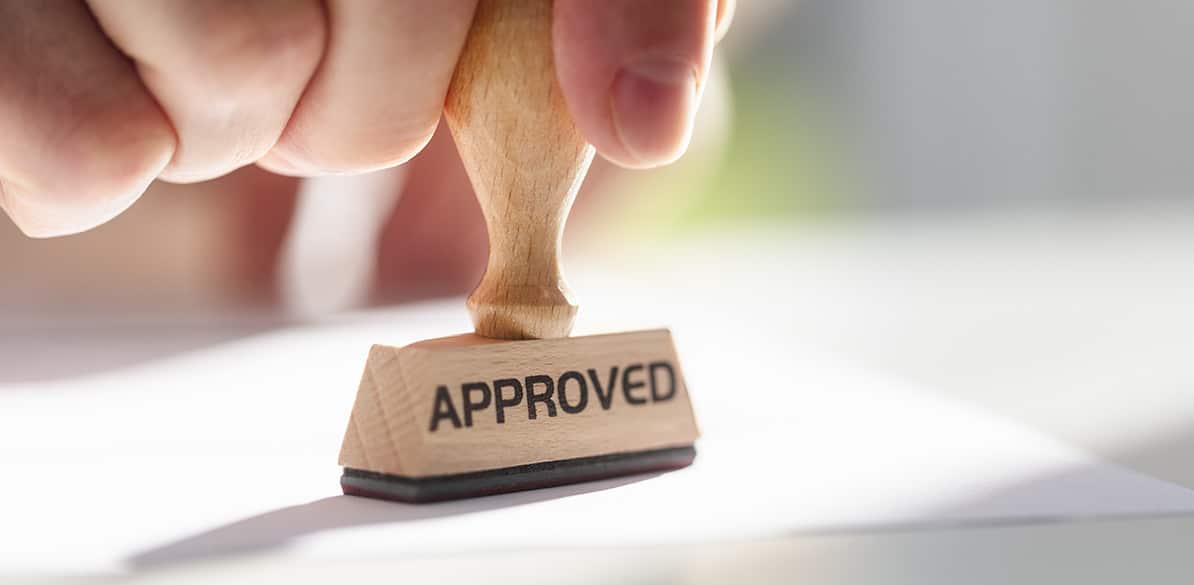Is an approved child restraint system safe?
Approved, yes, but it must always have a high safety rating

Road Safety
Child restraint system approval defines the minimum requirements that a product must meet in order to be sold, based on the most likely scenarios associated with a collision. By definition, these scenarios will be the ones that occur the most often, rather than the most potentially harmful ones. These minimum requirements establish a protection limit in the event of a frontal collision, lateral collision and rollover, which all products on the market must comply with, in line with current legislation.
Approval guarantees that all products will be manufactured in the same way as the initially approved product, ensuring repeatability of production.
This mandatory minimum offered by approval is essential to ensure that the child restraint system will perform correctly during a sudden deceleration or collision, which in no case would be guaranteed by a non-approved product.
However, we must be aware that a product that has simply been approved is not necessarily effective in the consumer tests promoted by organizations such as the OCU, or may not perform well in the Swedish PLUS test, as these higher strength and safety standards demand child restraint systems that are specifically designed for these tests.
In most cases, the difference in the retail prices of child restraint systems is due to technical improvements in the products aimed at increasing safety levels.
To answer the question posed by this article, we should first define the concept of safety. According to the dictionary from the Spanish Royal Academy of Language (RAL), “safety is the absence of risk”. This means that we cannot consider a product to be safe simply because it is approved, since the product is designed for the most likely scenarios, but not for the most serious and harmful ones. Neither can we assume that all child restraint systems, just because they comply with approval requirements, are equal in terms of the safety they offer.
What should we look for in a child restraint system to provide the highest possible level of safety? As with any product, child restraint systems include products designed to the limits of regulatory compliance and other products designed on the basis of biomechanical and resistance principles.
As a basic recommendation, to choose a child restraint system that provides a high level of safety based on known biomechanical studies, we should take the following into account:
- The system must be approved.
- If the child is less than 4 years old and less than 105 cm tall, the CRS must be rear-facing.
- A system certified according to the Swedish PLUS TEST is recommended.
- If the child is more than 4 years old and 105 cm tall, the recommendation is to extend rear-facing travel for as long as possible, and then use a booster seat with a backrest.
- From a height of 135 cm, the recommendation is to continue using a backless booster up to 150 cm.
By following these simple recommendations, we will be entrusting the safety of our children to physical and biomechanical evidence, and we will be distancing ourselves from any commercial arguments. This will ensure the best possible safety for our children.
